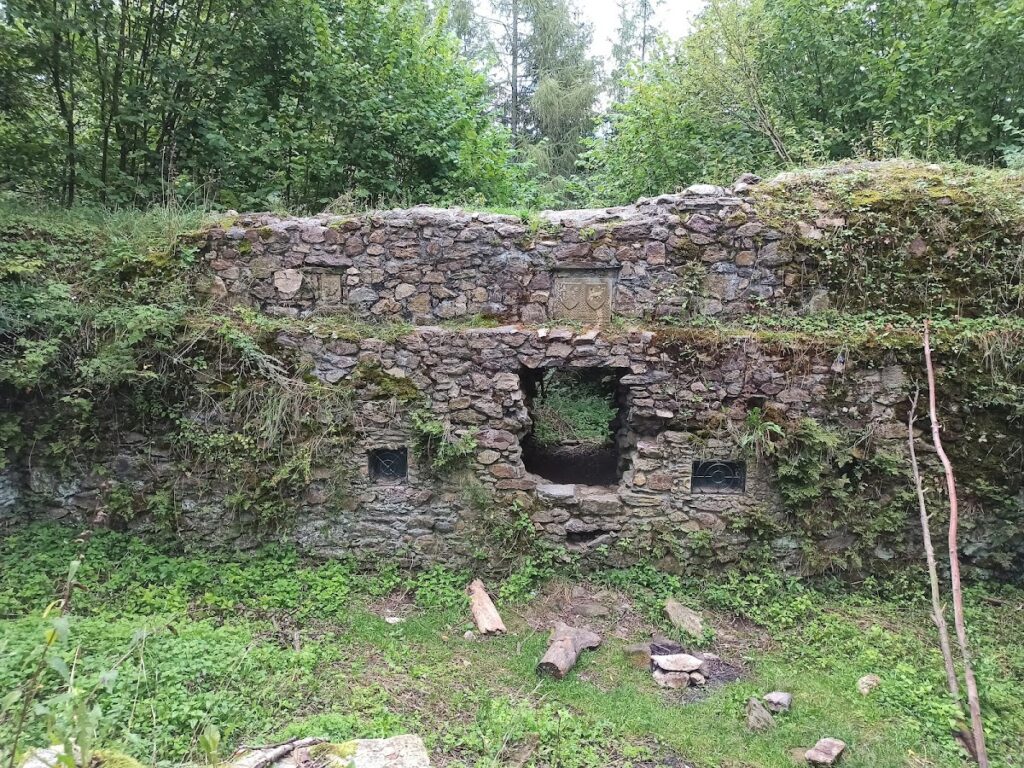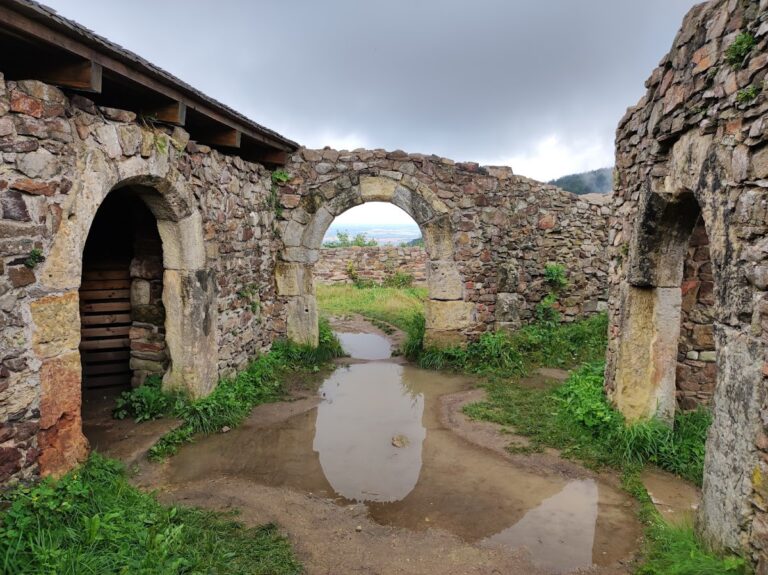Ronovec Castle: A Medieval Stronghold in the Czech Republic
Visitor Information
Google Rating: 4.4
Popularity: Low
Google Maps: View on Google Maps
Country: Czechia
Civilization: Unclassified
Remains: Military
History
Ronovec Castle stands near the village of Dolní Krupá in the modern Czech Republic. It was established by the medieval Czech nobility in the latter half of the 13th century as part of territorial administration within a silver-rich mining region.
The castle’s founder was Smil of Lichtenburk, who appears in records from 1262 issuing documents from Ronovec, although he used the site mainly as an administrative hub rather than a permanent residence. Control passed to his direct descendants, eventually reaching Hynek of Lichtenburk by the late 13th century. Around 1296, Hynek entrusted the castle to his youngest son Čeněk. By the early 14th century, Hynek’s nephew held the property. In 1345, Hynek exchanged Ronovec and the adjoining mines with King John of Luxembourg for another castle. Later that year, the estate joined the holdings of the Lords of Lipé.
In 1362, Jindřich of Lipé sold Ronovec to Ješek of Zlíchov, the forebear of the Anděl family of Ronovec. At this time, the estate included eight villages. The castle’s original names, Sommerburg or Žumburg, gave way to Ronovec, a name likely derived from the island-like emblem of the Lords of Lipé. After Ješek’s death around 1392, his sons Jan and Petr resided at the castle. Reports suggest they engaged in counterfeiting coins to pay off debts. The Anděl family’s association with Ronovec is last recorded in 1406.
The next decades saw contested ownership and military upheaval. A probable siege or capture during the Hussite wars around 1424 may have contributed to the castle’s steep decline. By the early 16th century, ownership changed hands several times, including to Jindřich Špetle of Prudice and Jan Haugvic of Biskupice. The Lords of Lipé briefly recovered the castle around 1515 and used it as a seasonal retreat. However, after Hynek Haugvic purchased the castle and adjacent villages in 1533, the property was soon abandoned. Documentation by 1544 marks Ronovec as deserted, with the final historical mention occurring in 1572.
In the centuries that followed, the ruins provided shelter to various marginalized groups, including religious minorities and criminals. Around 1870, Wenzel Welz undertook extensive, though damaging, explorations that helped preserve knowledge of the site’s layout. In the mid-20th century, local historian Josef Čapek formed a club dedicated to Ronovec’s history, commemorated by a plaque installed within the castle remains in 1988.
Remains
The ruins of Ronovec Castle occupy a promontory overlooking the left bank of the Břevnický stream near Havlíčkův Brod. The site is protected as a cultural monument since 1963 and remains freely accessible. The castle was built with a bipartite plan, composed of an outer forecourt and an inner, fortified core.
The forecourt was enclosed by earthwork ramparts and a ditch on its southern and eastern sides, functioning as the first line of defense. This area did not contain buildings, and access to the castle’s core came from the west through a gate that opened directly into the inner enclosure.
Within the main castle core, the layout was approximately square. Buildings lined the perimeter walls, providing essential living and working spaces. A prominent tower projected from the western curtain wall above the gate, a feature serving both defense and oversight of the approach. The castle likely incorporated a shield wall—a thick, solid defensive wall commonly found in distinguished noble castles of the 13th century—although detailed study is limited by the ruinous condition.
Among the rare finds at Ronovec are metal-plated wooden doors, held together with numerous rivets, representing an uncommon example in Czech medieval architecture. Archaeologists also uncovered a shell-shaped protective guard designed for a stabbing or cutting weapon. Such a piece is particularly noteworthy as it echoes similar artifacts linked with fortifications attacked during early Hussite conflicts of the 15th century. These discoveries support the view that Ronovec experienced military action contributing to its decline.
Inside the remains of the palace, a plaque honors Josef Čapek’s efforts in local historical research. Nearby, a large spruce tree stands as a natural monument since 1988, measuring about 360 centimeters in circumference and reaching 41 meters in height, further marking the site’s landscape.










